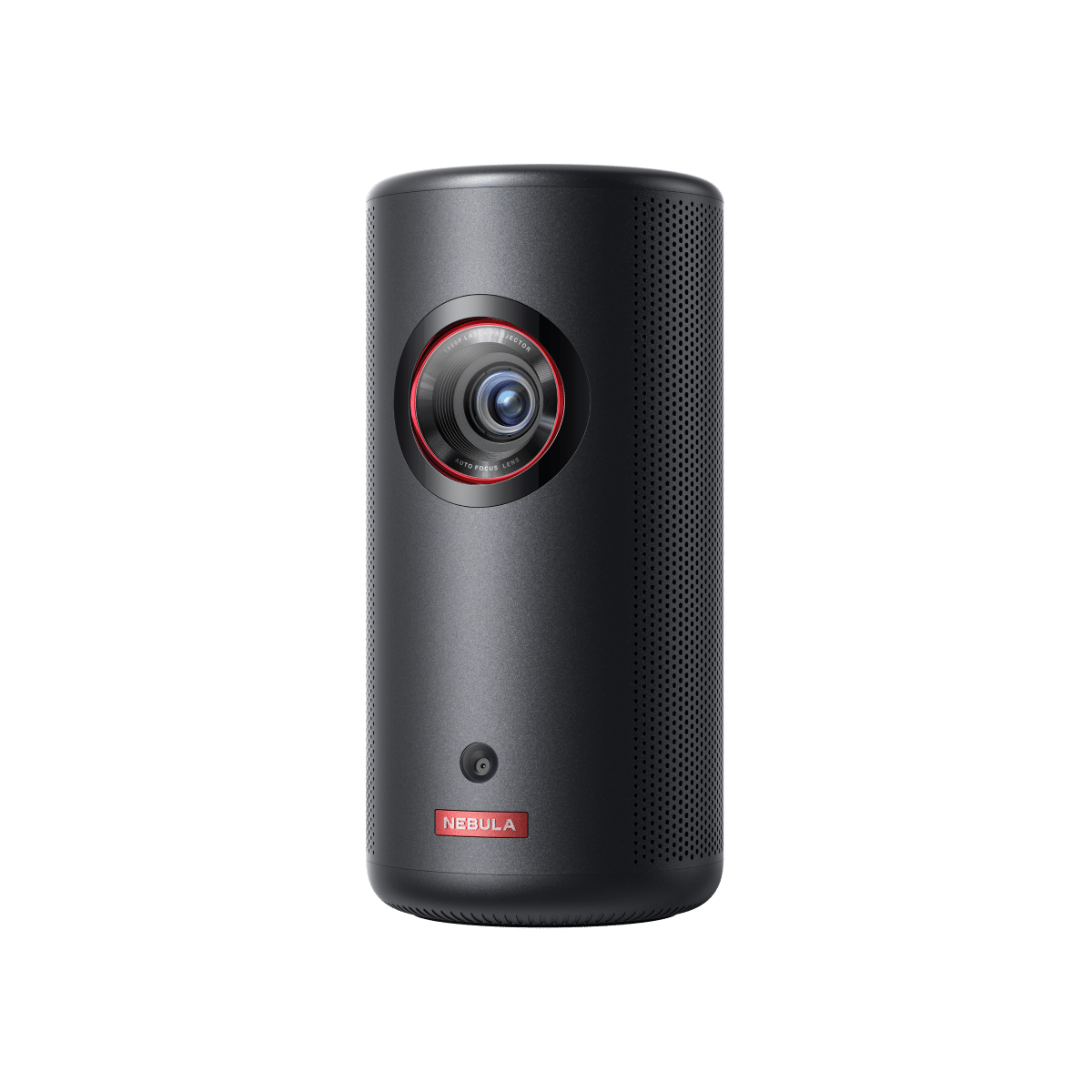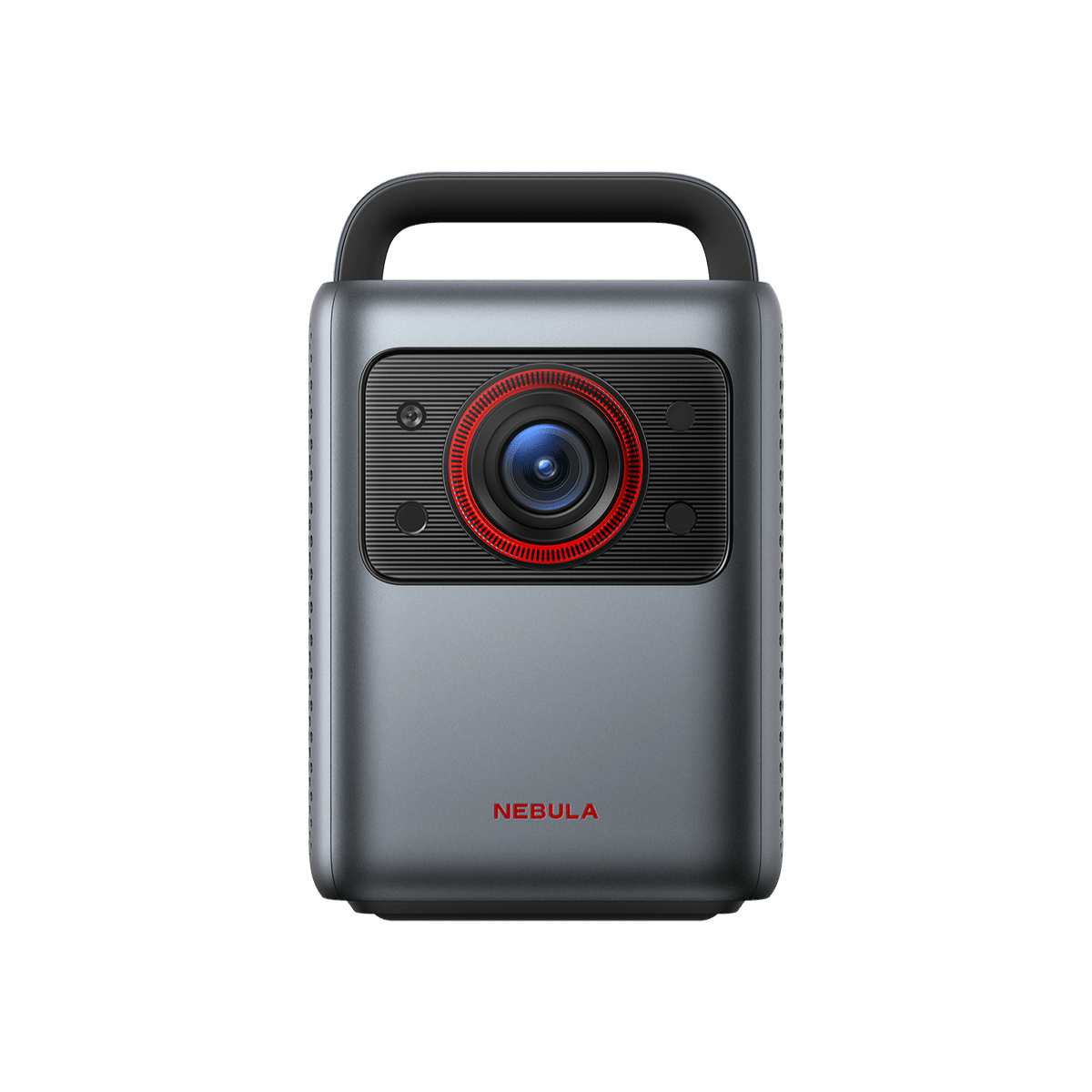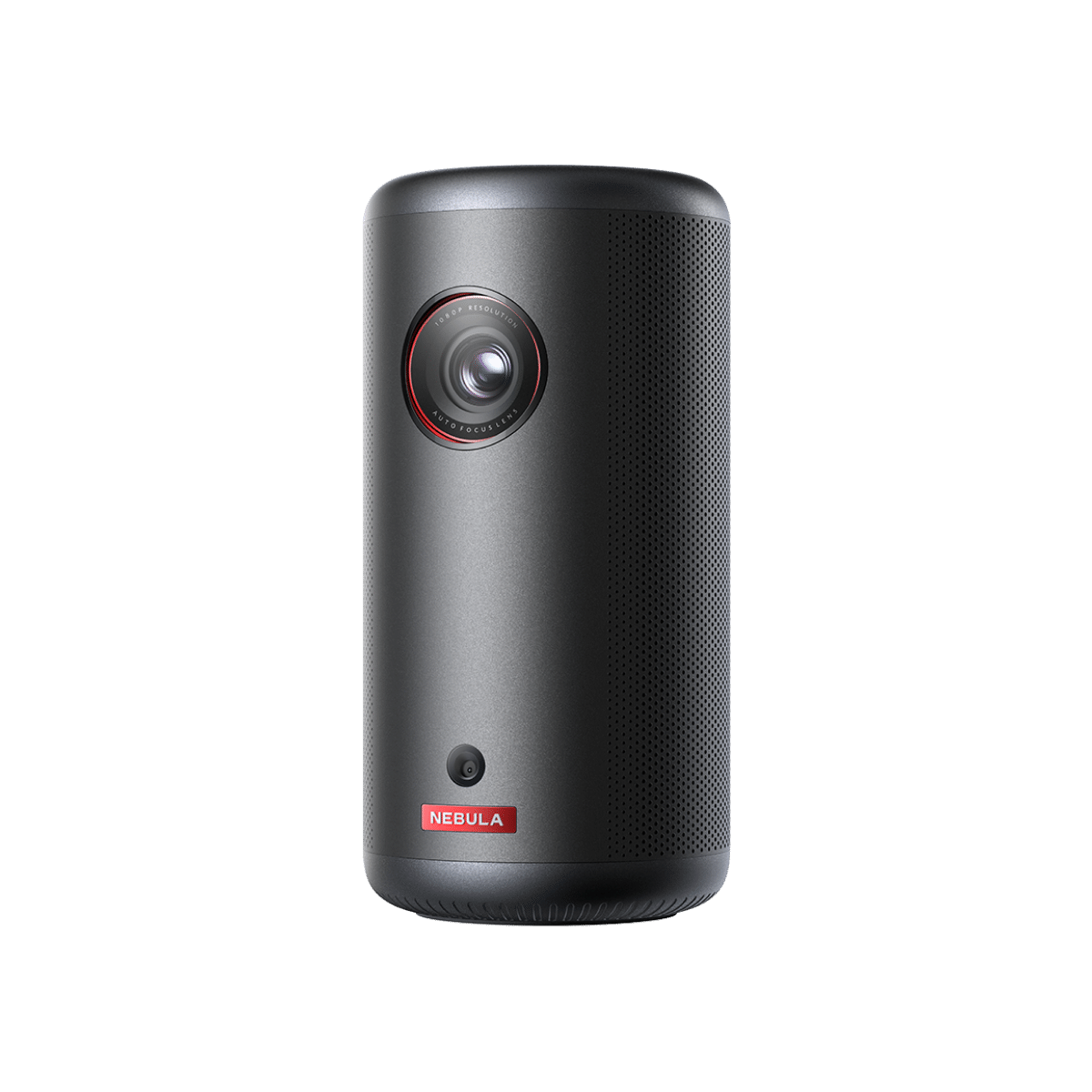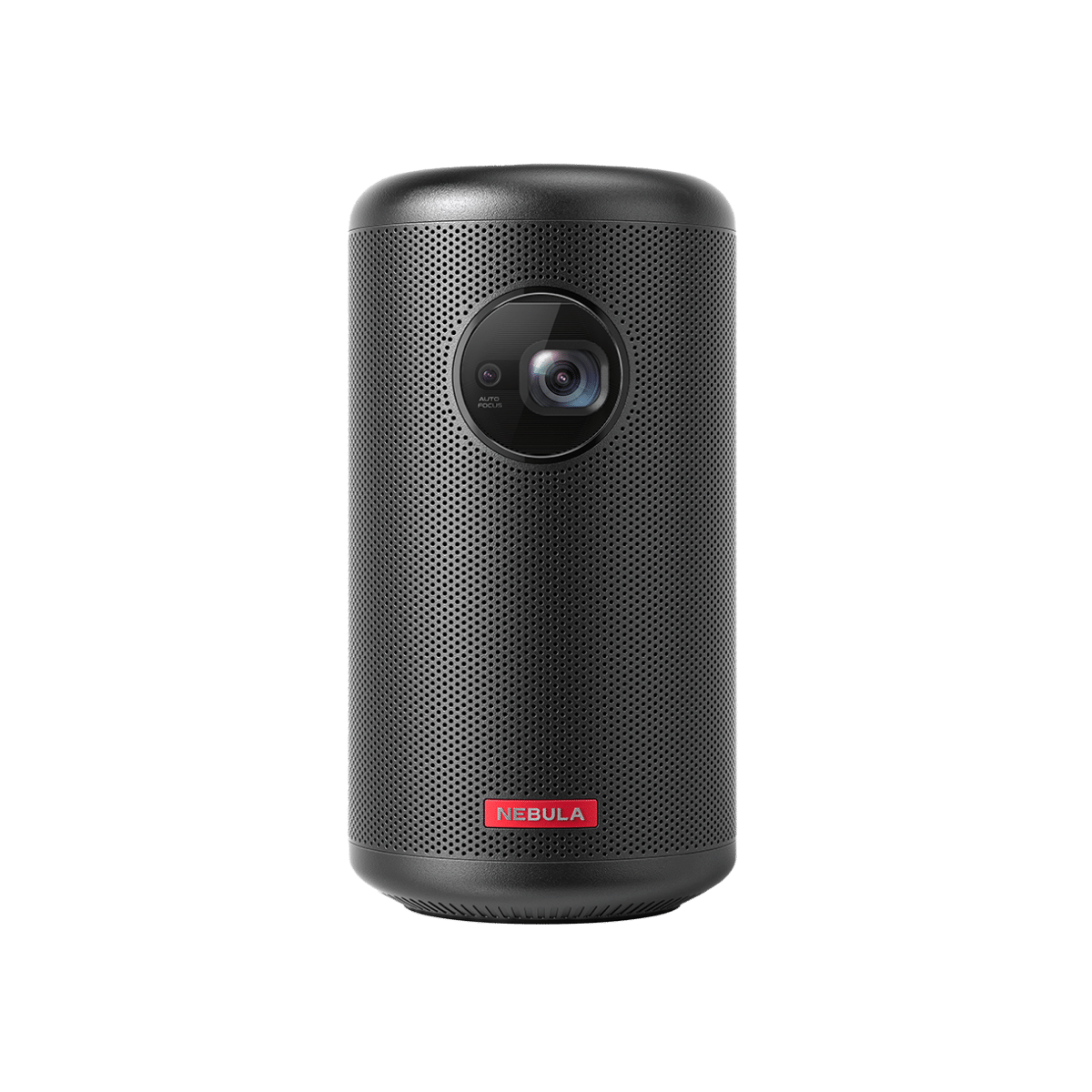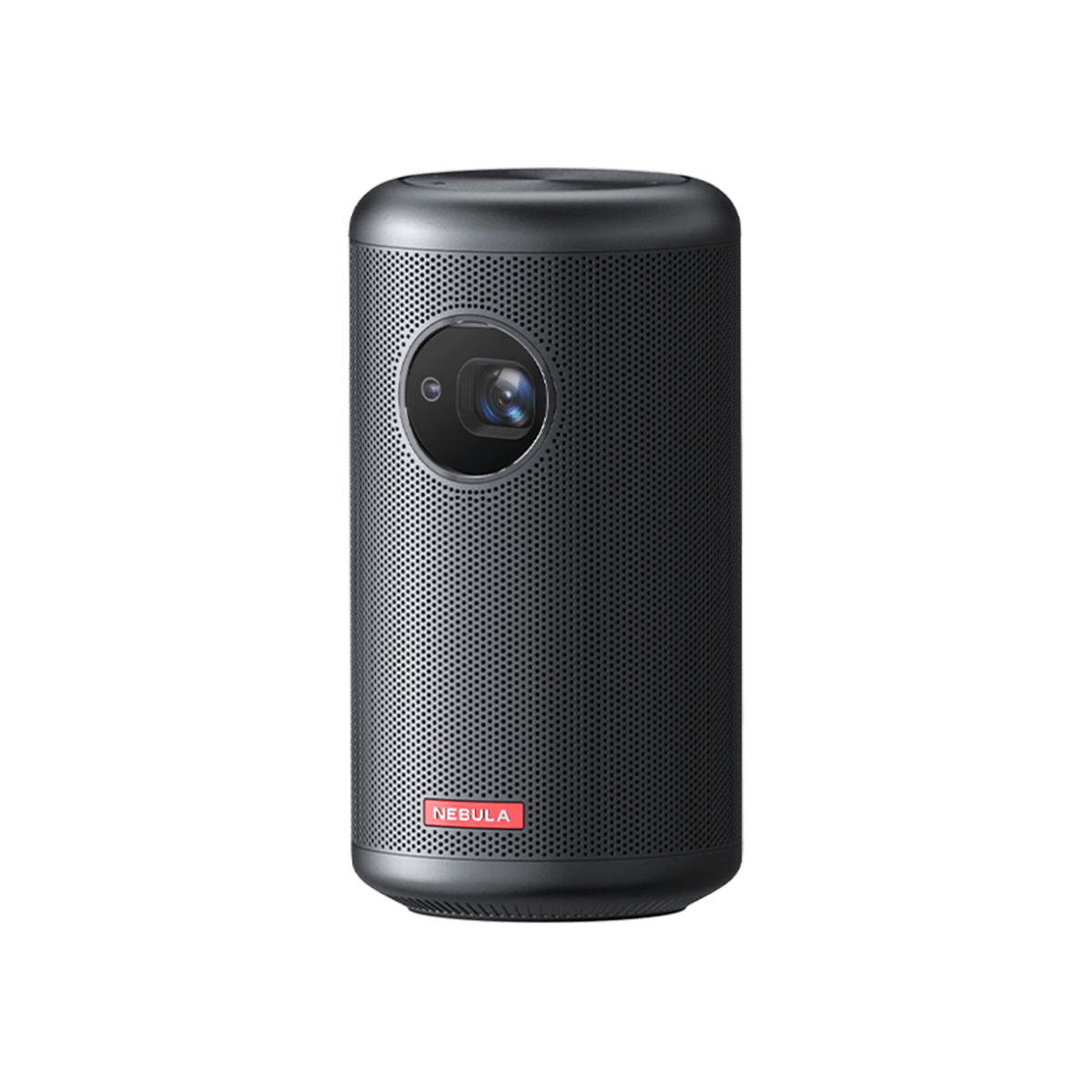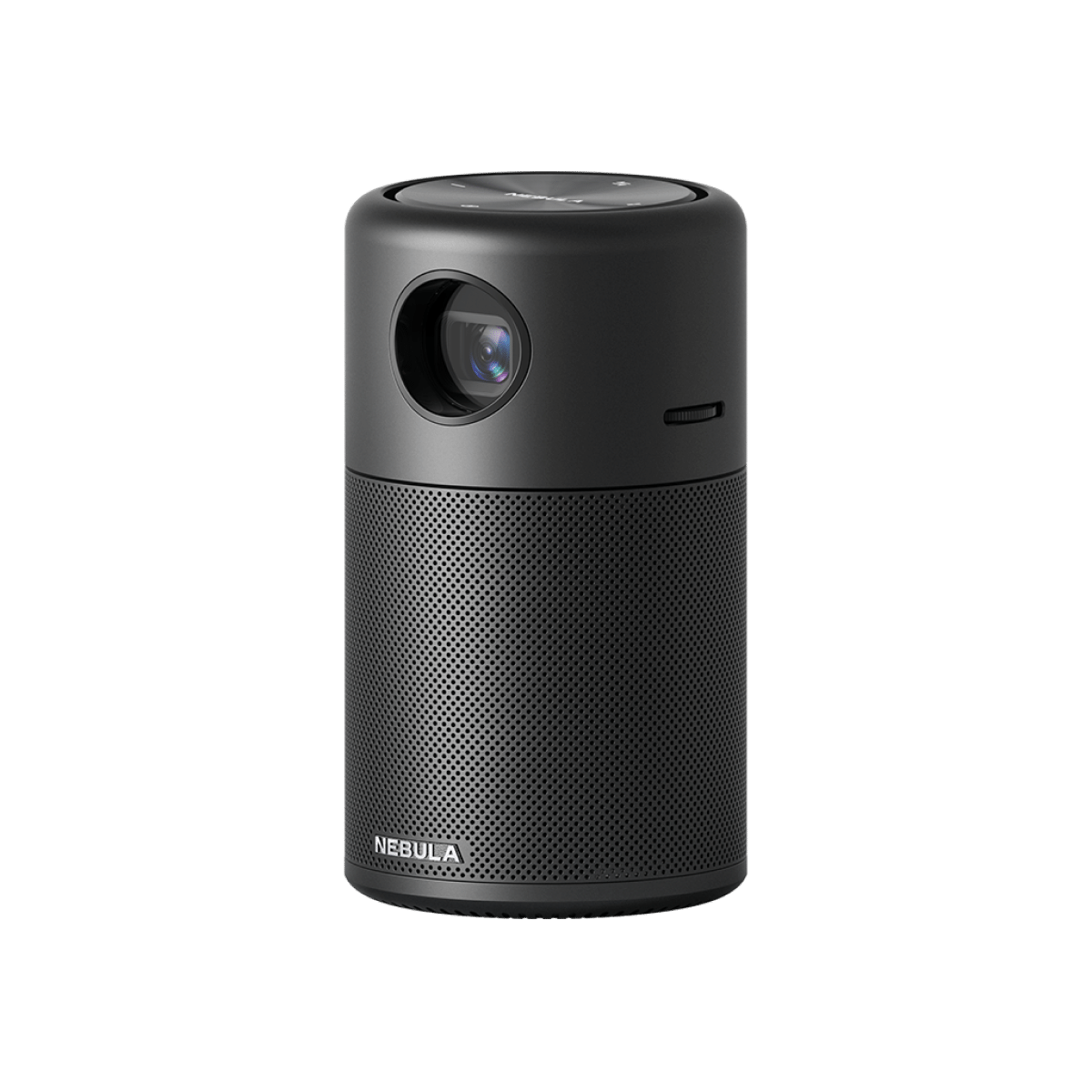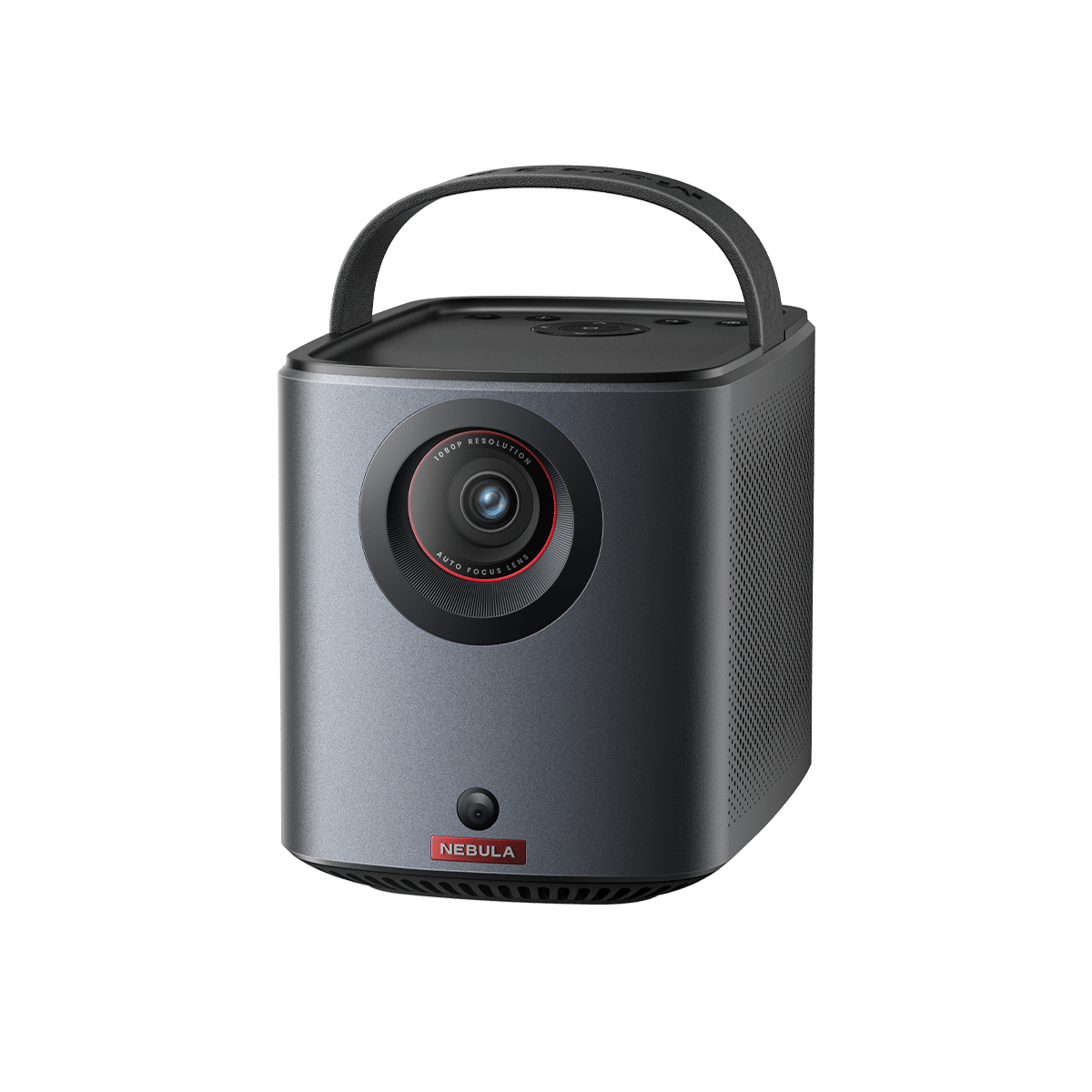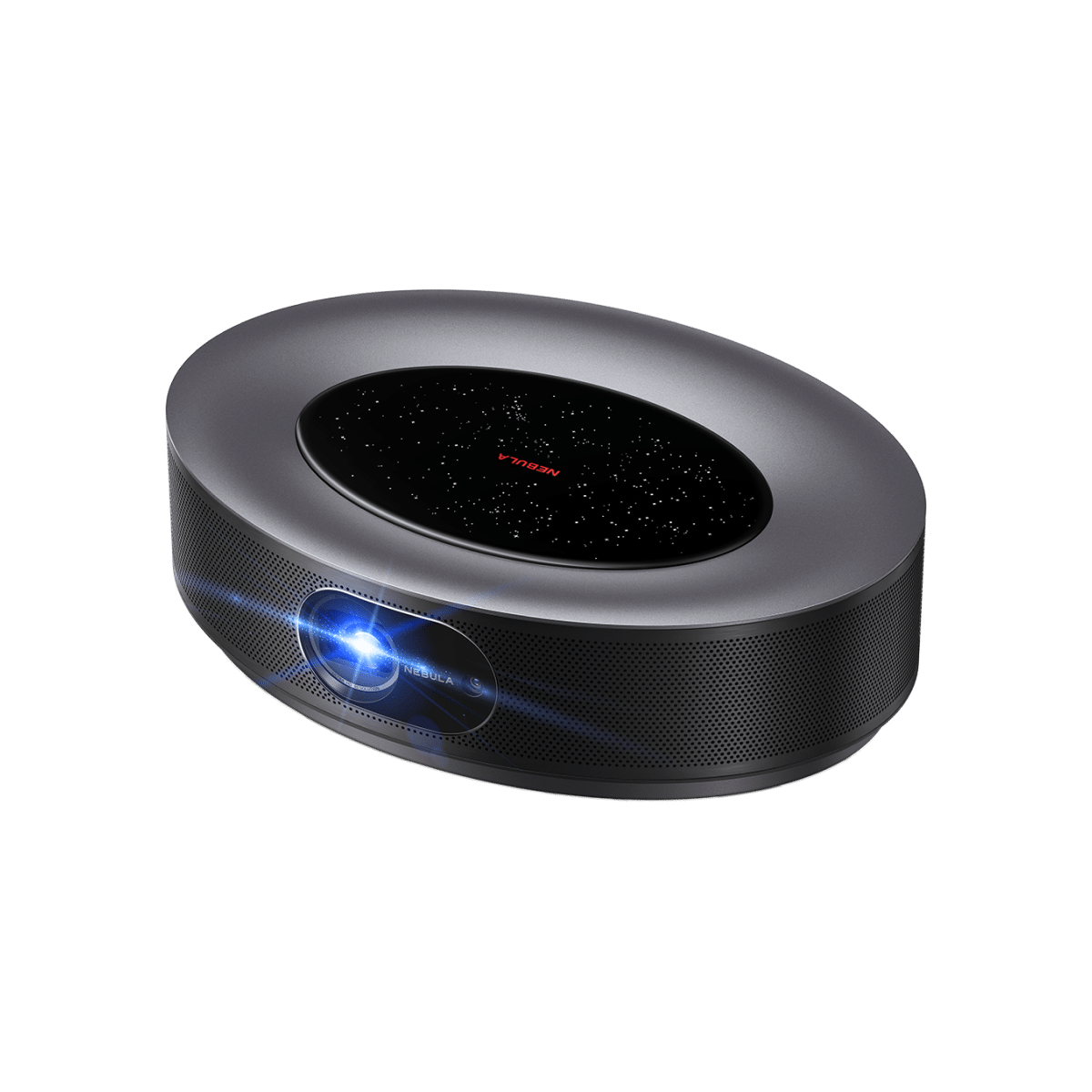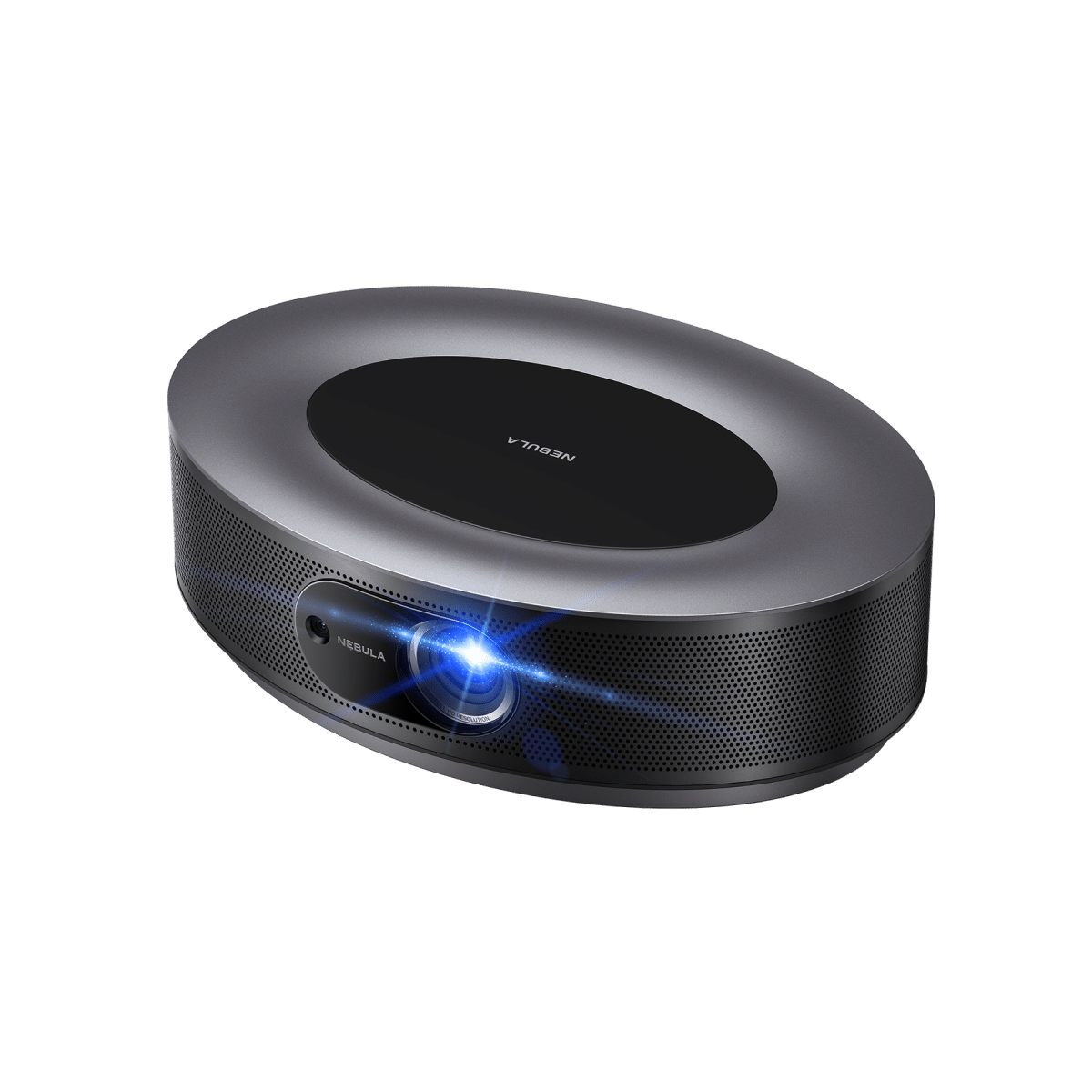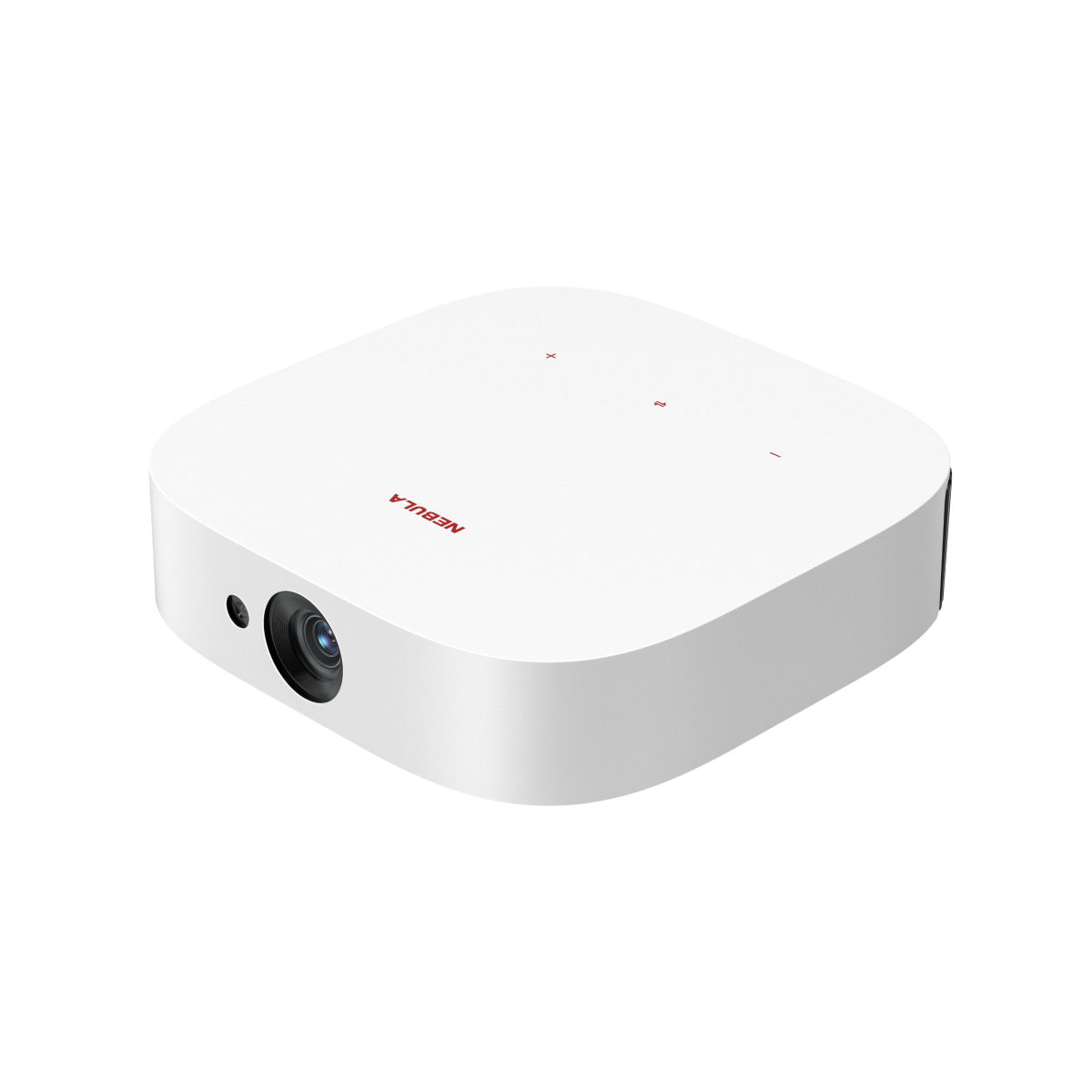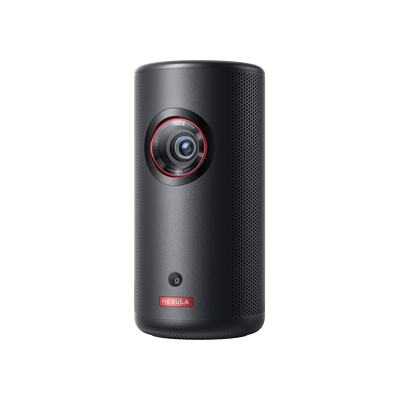When it comes to choosing the perfect projector for your home theater or business presentations, the market offers a plethora of options, each with its own set of features and technologies. Two of the most popular and enduring technologies in the projector world are DLP (Digital Light Processing) and 3LCD. In this article, we'll make an in-depth comparison between projector DLP vs 3LCD, dive into their core principles, and examine their pros and cons to help you make an informed decision based on your specific needs and preferences. Let’s get started!

What is a DLP Projector
The DLP projector is a type of projector that employs DLP (Digital Light Processing) technology to generate the image. The Digital Light Processing technology was developed by Texas Instruments in 1987 and has since then been used in a wide range of display devices, including projectors.
Here is how a DLP projector works: First, the light generated by the projection lamp passes through a color wheel. The color wheel is composed of the 3 primary color sectors (and possibly a laser is used with other color sectors in advanced models), and it spins at a very high speed. Thus, when the light passes through it, we get a swiftly alternating sequence of primary color beams.
Afterward, each of these primary color beams is routed to the DLP chip, a device containing a myriad of micro-mirrors. Each micro-mirror can change its direction to determine the brightness of a single pixel. Thus, by synchronizing the movement of the DLP chip and the color wheel, we can display in turn each primary color component of the video we are projecting. Since the different primary colors are displayed at a sufficiently fast rate, we can perceive the full-color image, despite the fact that only one color component (red, green, or blue) is displayed at a time.
DLP Pros:
DLP projectors come with several advantages that make them a preferred choice for many consumers:
Higher Resolution: DLP projectors offer higher resolution, like Nebula 4K DLP projectors, resulting in sharper and more detailed images, which is perfect for presentations, movies, and gaming.
Higher Contrast: DLP technology delivers exceptional contrast ratios, ensuring deep blacks and vivid whites, enhancing the overall visual experience.
Color Uniformity: DLP projectors maintain consistent color performance across the entire screen, eliminating color imbalances and preserving image quality.
DLP Cons:
Rainbow Effect: The major drawback of the DLP projector is the rainbow effect. This refers to the brief flashes of primary color that are trailing the projected object (a moving ball, a running car, etc.), potentially causing distraction and discomfort during viewing.
What is a 3LCD Projector
The 3LCD is also a prevalent projection technology that is widely adopted by projection manufacturers. Developed in the 1980s by Epson, it quickly spread globally and has become one of the standard choices of projection technologies for commercial projectors.
In broad strokes, a 3LCD projector works by dividing the white light emitted by the lamp into 3 primary color beams using specific filters (called dichroic mirrors), directing each beam to an LCD panel to generate images for each primary color, and recombining these beams via a prism to produce the final image on the screen.
The LCD panel, responsible for creating the image of a single primary color, can control the brightness of each single pixel by altering the amount of electrical charge of the crystal associated with that pixel. Thus, when the three beams are recombined, we get the full-colored image for each frame of the video. Moreover, by altering the electrical charge on each LCD pad in a rapid and synchronized fashion, we get the animated video.
3LCD Pros:
No Rainbow Effect: Unlike DLP projectors, 3LCD projectors eliminate the rainbow effect, providing a comfortable viewing experience for all audiences.
High Brightness: 3LCD projectors are known for their high brightness levels, ensuring clear and visible images even in well-lit environments.
Finer Gradation: 3LCD projectors offer finer gradation, allowing for smoother transitions between different shades of color and enhancing image quality.
3LCD Cons:
Lower Contrast Ratio: 3LCD projectors typically have lower contrast ratios compared to some DLP projectors, affecting black levels and image depth.
Potential for Color Breakup: While free from the rainbow effect, some 3LCD projectors may exhibit color breakup or the "chicken wire effect" in fast-motion scenes.
3LCD vs DLP Projectors: What are the Differences
DLP projectors vs 3LCD models have distinct characteristics and advantages. Here are the primary differences between DLP vs 3LCD projectors:
Technology
3LCD projectors use three separate LCD panels - one each for red, green, and blue colors - to create images. These three panels work together to produce the final image, with light passing through them and combining on the projection surface.
On the other hand, DLP projectors use a microchip with thousands of tiny mirrors that tilt to reflect light toward or away from the screen or projection surface. The rapid movement of these mirrors creates the image by controlling the amount of light that reaches the screen.
Image Quality
3LCD projectors typically offer better color accuracy and a wider color gamut, which can result in more vibrant and natural-looking images. However, 3LCD projectors are susceptible to the chicken wire effect in some cases.
DLP projectors are known for their sharpness and high contrast, producing crisp images with deep blacks. In particular, the advanced DLP projectors like the Nebula Cosmos Laser 4K, allow you to immerse in epic details, Dolby audios, and laser brightness in each scene.
Portability
DLP projectors are generally more compact and lightweight than 3LCD projectors, making them more suitable for portable use and on-the-go presentations. The Nebula Capsule Max, for example, is a paradigm of extreme portability at little sacrifice of performance.
Maintenance
3LCD projectors have three LCD panels, which means they may require periodic maintenance to clean or replace the panels. However, this maintenance is relatively infrequent.
DLP projectors have a single DLP chip with mirrors, which usually have a longer lifespan and require less maintenance.

Conclusion
As is evident in our comparison above, both projectors DLP vs 3LCD have their own sets of advantages and drawbacks, and which to choose may hinge on your priorities and preferences. Anyway, by understanding the differences between 3LCD projectors vs DLP projectors, you're empowered to select the ideal projection solution that complements your individual requirements, whether for professional presentations or cinematic escapades.
FAQ
Do all DLP projectors have a rainbow effect?
No. Not all DLP projectors exhibit a rainbow effect. The rainbow effect, characterized by brief flashes of rainbow-like colors, is more common in single-chip DLP projectors that employ a rapidly spinning color wheel. However, newer models, like three-chip DLP projectors or Nebula DLP projectors with LED light sources, often mitigate or eliminate this phenomenon, providing a smoother viewing experience.
Which is better for home theater: DLP or 3LCD?
Whether the DLP or 3LCD is better for home theater depends on your priorities. If you prioritize sharper images, deep blacks, and more compactness, Nebula DLP projectors are the ideal choice. On the other hand, if color brightness is more of a concern for your home theater setting, you should go for a 3LCD projector.
